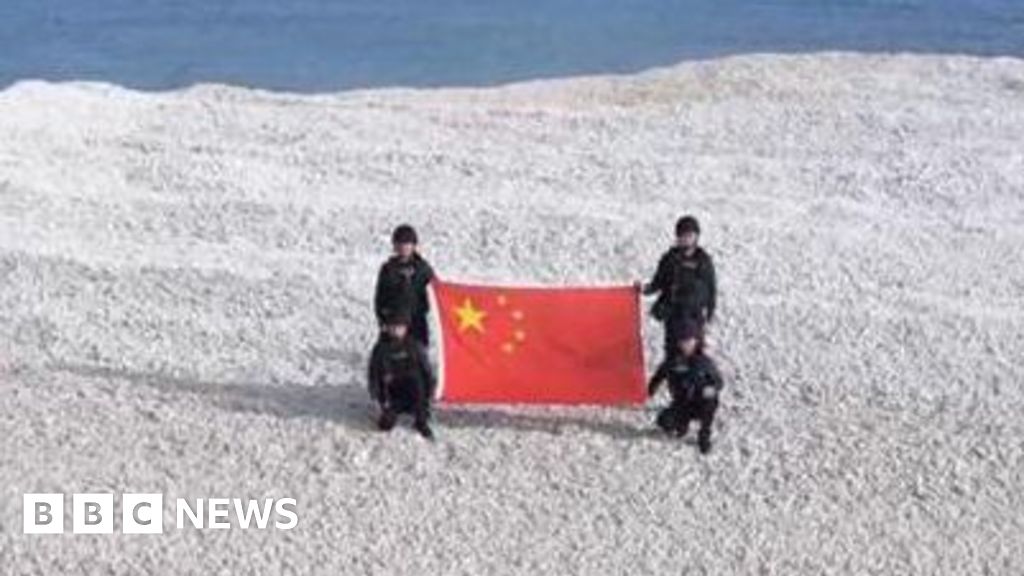Beijing's South China Sea Sandbank Grab: A Tiny Island, Big Implications
The recent dredging and expansion of a small sandbank in the South China Sea by China has sent ripples of concern throughout the region and the world. This seemingly insignificant act of land reclamation has significant geopolitical implications, raising questions about China's assertiveness in the contested waters and the potential for increased regional instability.
A seemingly small act, a large geopolitical statement
The sandbank in question, while unnamed in many reports, is located within the Spratly Islands, a highly contested archipelago claimed in whole or in part by several nations including China, Vietnam, the Philippines, Malaysia, and Brunei. China's actions are seen as a direct challenge to the existing territorial claims and the international legal framework governing maritime disputes. The expansion of this sandbank, likely via dredging and the deployment of substantial construction materials, significantly increases China's physical footprint in the area. This allows for the potential construction of military installations, further solidifying Beijing's de facto control over the region.
Beyond Territorial Claims: The Economic Stakes
The South China Sea is rich in natural resources, including vital fishing grounds and potentially vast reserves of oil and natural gas. Control of these resources is a key driver behind the intense competition for territorial dominance. China's expansion of the sandbank directly impacts access to these resources, potentially restricting access for other claimant nations and exacerbating existing tensions. This also has implications for global trade routes, as the South China Sea is a crucial artery for international shipping. Any escalation of tensions could disrupt these crucial trade flows, impacting global economies.
International Response and the Legal Framework
The international community has expressed deep concern over China's actions. Many nations, particularly the US and its allies in the region, have condemned the land reclamation as a violation of international law, specifically the United Nations Convention on the Law of the Sea (UNCLOS). While China is a signatory to UNCLOS, it has consistently disregarded rulings that contradict its claims. The lack of a unified international response, however, leaves China with significant leeway to continue its actions.
Potential for Escalation and Future Implications
The ongoing sandbank expansion highlights the precarious nature of the situation in the South China Sea. The potential for miscalculation and accidental conflict remains high, especially given the increasing militarization of the region. China's actions could embolden other claimant states to take similar actions, further escalating tensions. The situation requires careful diplomatic management and a commitment to resolving disputes through peaceful means.
What's next? The need for dialogue and international cooperation
The future of the South China Sea hinges on the international community's response. While condemnation is important, it is crucial to explore avenues for dialogue and cooperation. A stronger international framework is needed to deter aggressive actions and enforce existing international laws. Ignoring this issue carries significant risks, not only for the stability of the region but for the global economy and international order. The tiny sandbank, therefore, symbolizes a much larger challenge that requires immediate and concerted diplomatic efforts to de-escalate tensions and prevent further conflict.

